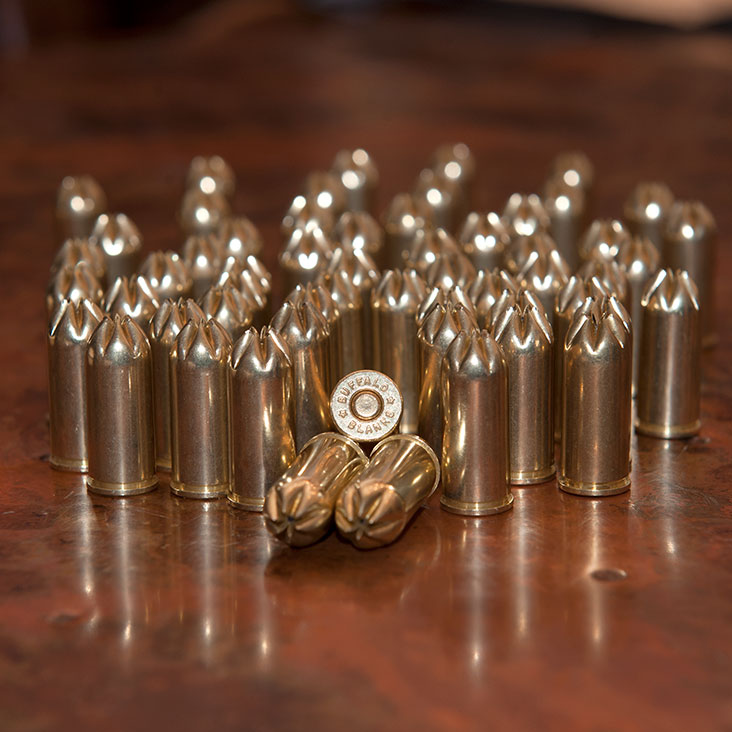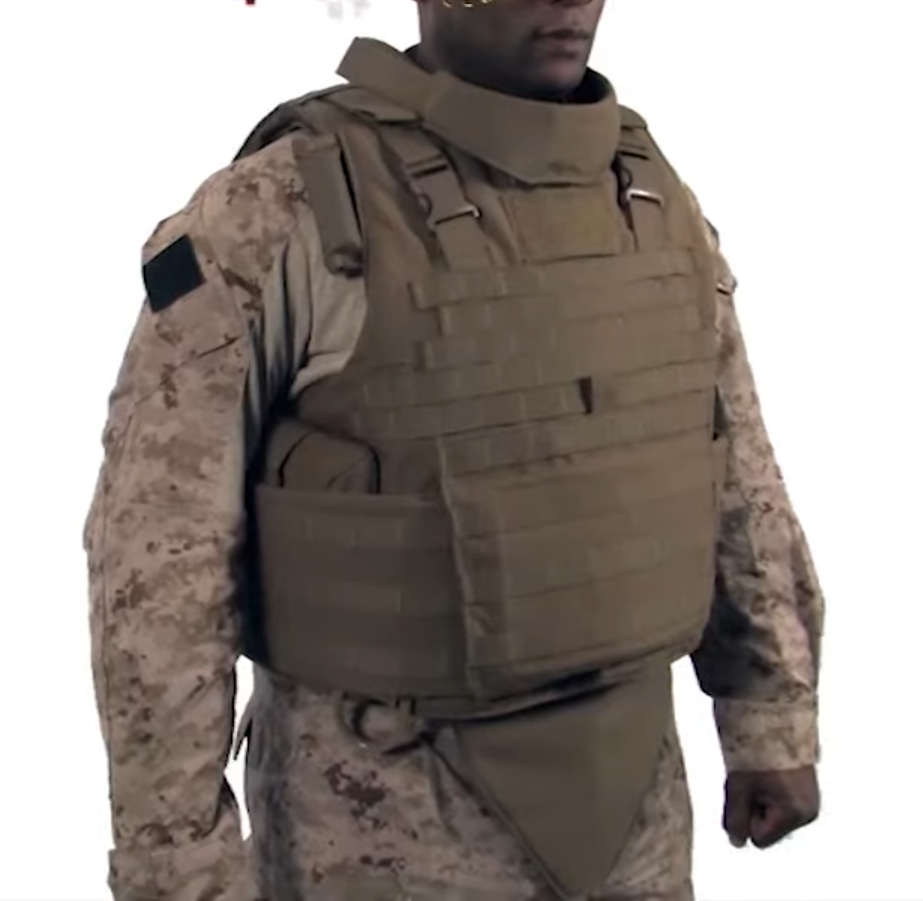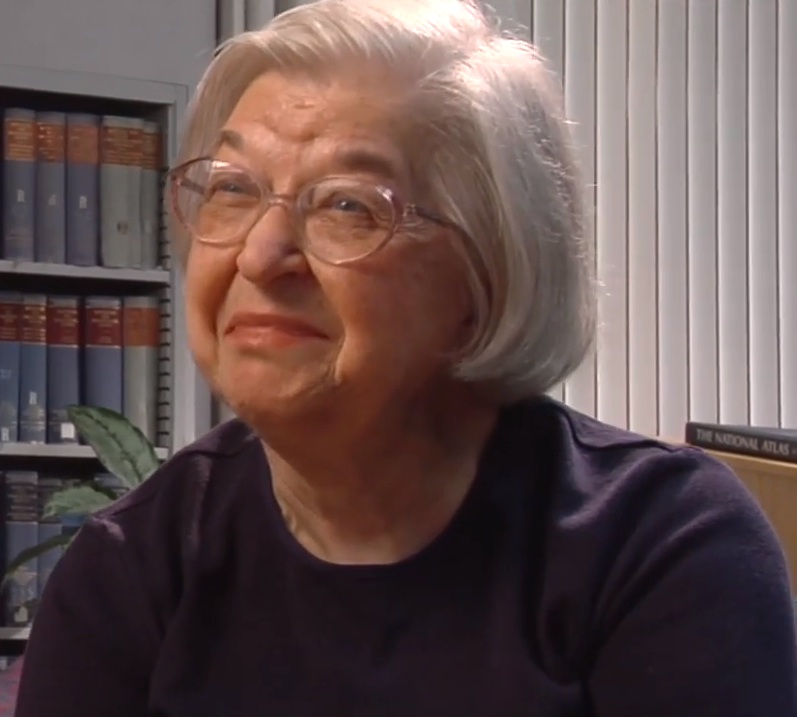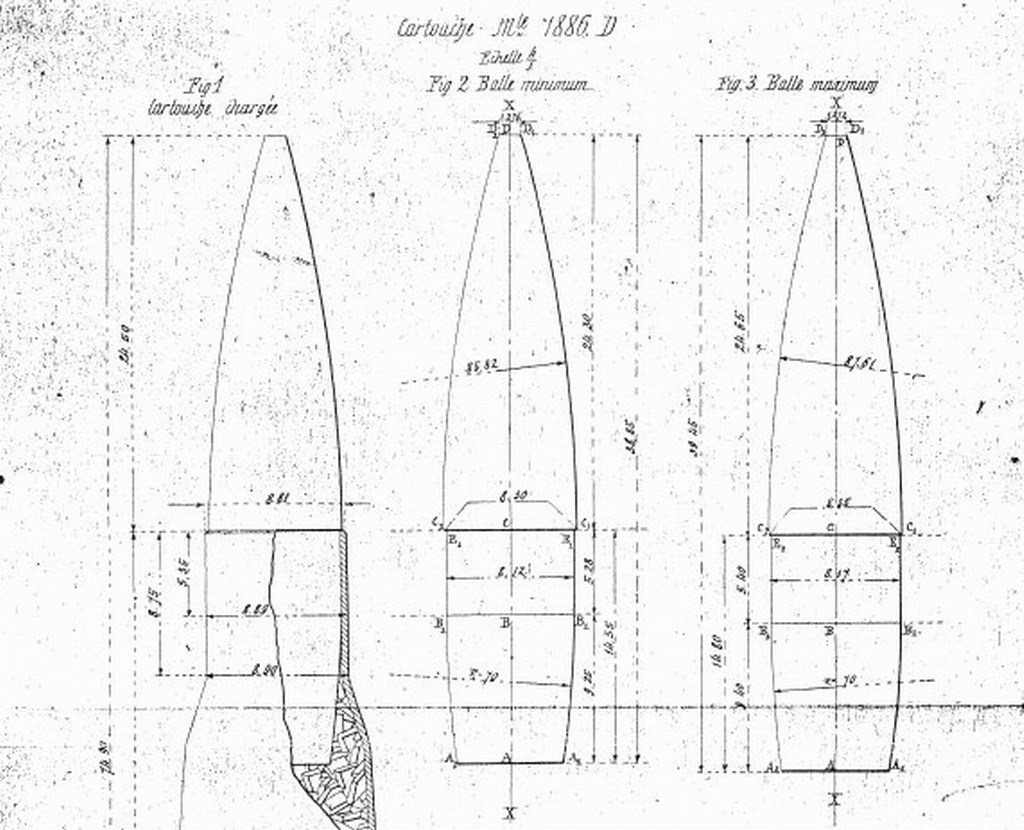|
5.45×18mm
5.45×18mm MPTs (7N7) is a Soviet pistol cartridge. It is chambered in the PSM pistol, OTs-23 Drotik machine pistol, and OTs-26 pistol. History and design It was designed in the Soviet Union in the early 1970s by Antonina D. Denisova at the Precision Mechanical Engineering Central Research Institute (TsNIITochmash). The development was done in concert with that of the PSM. The cartridge is designed to use light spitzer-pointed jacketed bullets. Variants * 5.45×18mm 7N7 (''7Н7''): spitzer-pointed full metal jacket bullet with steel conical core. The bullet energy is stated to be up to 1.5 times that of .25 ACP in a similar sized cartridge. It is stated to be capable of penetrating 45 layers of Kevlar soft body armor at close distances. * 5.45×18mm PSO (''ПСО''): spitzer-pointed full metal jacket bullet with lead core.Патрон 5,45х18 мм // А. И. Благовестов. То, из чего стреляют в СНГ: Справочник стрелко ... [...More Info...] [...Related Items...] OR: [Wikipedia] [Google] [Baidu] |
PSM Pistol
The PSM (''Pistolet Samozaryadny Malogabaritny'', Russian for "compact self-loading pistol") was designed by the Tula Design Bureau in 1969 as a self-defense firearm for law enforcement and military officers of the USSR. The pistol entered production at the Izhevsk Mechanical Plant in 1973. The PSM is a blowback-operated handgun with a double-action trigger and slide-mounted manual safety without a slide stop. The grip panels are made from thin aluminum and new model with hard plastic. The weapon is made from steel. The PSM was designed around the newly developed 5.45×18mm cartridge, which was developed for the weapon by Precision Mechanical Engineering Central Research Institute. The cartridge is capable of penetrating 55 layers of kevlar at realistic engagement distances. However, this is purely a consequence of its hard metal core and the bullet wasn't designed to defeat body armor. This cartridge has a bottlenecked case and a spitzer-pointed jacketed bullet. The pist ... [...More Info...] [...Related Items...] OR: [Wikipedia] [Google] [Baidu] |
OTs-23 Drotik
The OTs-23 Drotik (''ОЦ-23 Дротик'', Russian for "dart") is a blow-back operated machine pistol developed and used in Russia. The gun is also known as SBZ (Russian: СБЗ) from the initials of its designers — I. Stechkin, A.V. Baltser (А.В. Бальцер), and A.V. Zinchenko (А.В. Зинченко) The weapon has a three-position select fire switch; safe, semi-automatic, and three-round burst. The pistol features an external indicator that allows the operator to quickly see how many cartridges remain in the magazine. It is designed as a special operations and personal defence weapon (PDW). It has compensator openings cut into the end of the barrel to vent gases and make the weapon more stable during automatic burst fire. The action is blowback complicated with a principle borrowed from Pedersen's hesitation locking: after passing 42 mm and ejecting the case the free-moving bolt locks with the barrel and uses its inertia to stop in the last 5 mm of recoil. ... [...More Info...] [...Related Items...] OR: [Wikipedia] [Google] [Baidu] |
OTs-21 Malysh
The OTs-21 Malysh (, meaning "kid") is a 9 mm semi-automatic pistol A semi-automatic pistol (also called a self-loading pistol, autopistol, or autoloading pistol) is a repeating firearm, repeating handgun that automatically ejects and loads cartridge (firearms), cartridges in its chamber (firearms), chamber afte ... designed by the KBP Instrument Design Bureau for special applications where concealment is a key priority. The Malysh operates on the simple blowback principle; it is a double action only design with the ammunition capacity limited to five 9×18mm Makarov rounds (can use only 57-N-181S cartridges) in a box magazine with a base extension for more comfortable holding and firing. It features an internal hammer and there are no protrusions to hinder rapid withdrawal from a pocket or holster. The pistol has no safety other than the need for a definite pressure on the trigger. There are also no sights other than a groove along the top of the slide, emphasizing the i ... [...More Info...] [...Related Items...] OR: [Wikipedia] [Google] [Baidu] |
Full Metal Jacket Bullet
A full metal jacket (FMJ) bullet is a small-arms projectile consisting of a soft core (often lead) encased in an outer shell ("jacket") of harder metal, such as gilding metal, cupronickel, or, less commonly, a steel alloy. A bullet jacket usually allows higher muzzle velocity, muzzle velocities than bare lead without depositing significant amounts of metal in the Gun barrel, bore. It also prevents damage to bores from hard steel or armour-piercing ammunition, armor-piercing core materials. History Despite a widespread belief that the full metal jacket bullet was invented ca. 1882 by Swiss Colonel Eduard Rubin while he was working for the Swiss Federal Ammunition Factory and Research Center, in fact it was known already in the 1880s that the actual inventor was Prussian Major (later Lt.-Col.) (1835-1885), who came up with the idea either in 1875 or 1876. The use of full metal jacketing in military ammunition came about in part because of the need for improved feeding charac ... [...More Info...] [...Related Items...] OR: [Wikipedia] [Google] [Baidu] |
Pistol And Rifle Cartridges
A pistol is a type of handgun, characterised by a barrel with an integral chamber. The word "pistol" derives from the Middle French ''pistolet'' (), meaning a small gun or knife, and first appeared in the English language when early handguns were produced in Europe. In colloquial usage, the word "pistol" is often used as a generic term to describe ''any'' type of handgun, inclusive of revolvers (which have a single barrel and a separate cylinder housing multiple chambers) and the pocket-sized derringers (which are often multi-barrelled). The most common type of pistol used in the contemporary era is the semi-automatic pistol. The older single-shot and lever-action pistols are now rarely seen and used primarily for nostalgic hunting and historical reenactment. Fully-automatic machine pistols are uncommon in civilian usage because of their generally poor recoil-controllability (due to the lack of a buttstock) and strict laws and regulations governing their manufactur ... [...More Info...] [...Related Items...] OR: [Wikipedia] [Google] [Baidu] |
Blank (cartridge)
A blank is a firearm cartridge that, when fired, does not shoot a projectile like a bullet or pellet, but generates a muzzle flash and an explosive sound ( muzzle report) like a normal gunshot would. Firearms may need to be modified to allow a blank to cycle the action, and the shooter experiences less recoil with a blank than with a live round. Blanks are often used in prop guns for shooting simulations that have no need for ballistic results, but still demand light and sound effects, such as in historical reenactments, special effects for theatre, movie and television productions, combat training, for signaling (see starting pistol), and cowboy mounted shooting. Specialised blank cartridges are also used for their propellant force in fields as varied as construction, shooting sports, and fishing and general recreation. While blanks are less dangerous than live ammunition, they can still be dangerous and can still cause fatal injuries. Beside the explosive gases, any o ... [...More Info...] [...Related Items...] OR: [Wikipedia] [Google] [Baidu] |
Body Armor
Body armour, personal armour (also spelled ''armor''), armoured suit (''armored'') or coat of armour, among others, is armour for human body, a person's body: protective clothing or close-fitting hands-free shields designed to absorb or deflect physical attacks. Historically used to protect military personnel, today it is also used by various types of police (riot police in particular), private security guards, or bodyguards, and occasionally ordinary citizens. Today there are two main types: regular non-plated body armor for moderate to substantial protection, and hard-plate reinforced body armor for maximum protection, such as used by combatants. History Many factors have affected the development of personal armor throughout human history. Significant factors in the development of armor include the economic and technological necessities of armor production. For instance full plate armor first appeared in medieval Europe when water-powered trip hammers made the formation o ... [...More Info...] [...Related Items...] OR: [Wikipedia] [Google] [Baidu] |
Kevlar
Kevlar (para-aramid) is a strong, heat-resistant synthetic fiber, related to other aramids such as Nomex and Technora. Developed by Stephanie Kwolek at DuPont in 1965, the high-strength material was first used commercially in the early 1970s as a replacement for steel in racing tires. It is typically spun into ropes or fabric sheets that can be used as such, or as an ingredient in composite material components. Kevlar has many applications, ranging from bicycle tires and sailcloth#Kevlar, racing sails to bulletproof vests, due to its high Specific strength, tensile strength-to-weight ratio; by this measure it is five times stronger than steel. It is also used to make modern marching drumheads that withstand high impact, and for Mooring, mooring lines and other underwater applications. A similar fiber, Twaron, with the same chemical structure was developed by Akzo in the 1970s. Commercial production started in 1986, and Twaron is manufactured by Teijin Aramid. History Poly- ... [...More Info...] [...Related Items...] OR: [Wikipedia] [Google] [Baidu] |
25 ACP
The .25 ACP ( Automatic Colt Pistol), also known as the .25 Auto, .25 Automatic, or 6.35×16mmSR is a semi-rimmed, straight-walled centerfire pistol cartridge introduced by John Browning in 1905 alongside the Fabrique Nationale M1905 pistol. Design and history The .25 ACP was designed because .25-caliber was the smallest John Browning could go while still retaining a centerfire primer pocket, which would be more reliable for self-defense than rimfire primers. As such, the .25 ACP allows for a very compact and lightweight gun, usually a semi-automatic pocket pistol. The .25 ACP was hugely popular after its introduction, with many millions of pocket .25 "mouse guns" being offered on the market. Following the Gun Control Act of 1968, most foreign .25 pistols were too small to be imported; however, some domestic manufacturers continued to build guns in the caliber. No new .25 ACP pocket pistols have been developed in well over a decade, and it is unlikely that this will chan ... [...More Info...] [...Related Items...] OR: [Wikipedia] [Google] [Baidu] |
Soviet Union
The Union of Soviet Socialist Republics. (USSR), commonly known as the Soviet Union, was a List of former transcontinental countries#Since 1700, transcontinental country that spanned much of Eurasia from 1922 until Dissolution of the Soviet Union, it dissolved in 1991. During its existence, it was the list of countries and dependencies by area, largest country by area, extending across Time in Russia, eleven time zones and sharing Geography of the Soviet Union#Borders and neighbors, borders with twelve countries, and the List of countries and dependencies by population, third-most populous country. An overall successor to the Russian Empire, it was nominally organized as a federal union of Republics of the Soviet Union, national republics, the largest and most populous of which was the Russian SFSR. In practice, Government of the Soviet Union, its government and Economy of the Soviet Union, economy were Soviet-type economic planning, highly centralized. As a one-party state go ... [...More Info...] [...Related Items...] OR: [Wikipedia] [Google] [Baidu] |
Spitzer (bullet)
A spitzer bullet (from , "point shot") is a munitions term, primarily regarding fully-powered and intermediate small-arms ammunition, describing bullets featuring an aerodynamically pointed nose shape, called a spire point, sometimes combined with a tapered base, called a boat tail (then a spitzer boat-tail bullet), in order to reduce drag and obtain a lower drag coefficient, resulting in an aerodynamically superior torpedo shaped projectile, which decelerates less rapidly and has improved external ballistic behaviour, at the expense of some potential weight and kinetic energy relative to blunter ogive/round/flat-nose flat-base projectiles. The type which was developed for military purposes in the late 19th and early 20th century and was a major design improvement compared to earlier rounder or flatter-tipped bullets in terms of range and accuracy. Its introduction, along with long-range volley sights for service rifles, changed military doctrines. Area targets at rang ... [...More Info...] [...Related Items...] OR: [Wikipedia] [Google] [Baidu] |
Russian Military
The Armed Forces of the Russian Federation, commonly referred to as the Russian Armed Forces, are the military of Russia. They are organized into three service branches—the Ground Forces, Navy, and Aerospace Forces—two independent combat arms (the Strategic Rocket Forces and Airborne Forces), and the Special Operations Forces Command. The Russian Armed Forces are the world's fifth largest military force, with about one million active-duty personnel and close to two million reservists. They maintain the world's largest stockpile of nuclear weapons, possess the world's second-largest fleet of ballistic missile submarines, and are the only armed forces outside the United States and China that operate strategic bombers. As of 2024, Russia has the world's third-highest military expenditure, at approximately US$149 billion, or over seven percent of GDP, compared to approximately to US$86.5–$109 billion the year before. The Russian military is a hybrid system that com ... [...More Info...] [...Related Items...] OR: [Wikipedia] [Google] [Baidu] |





